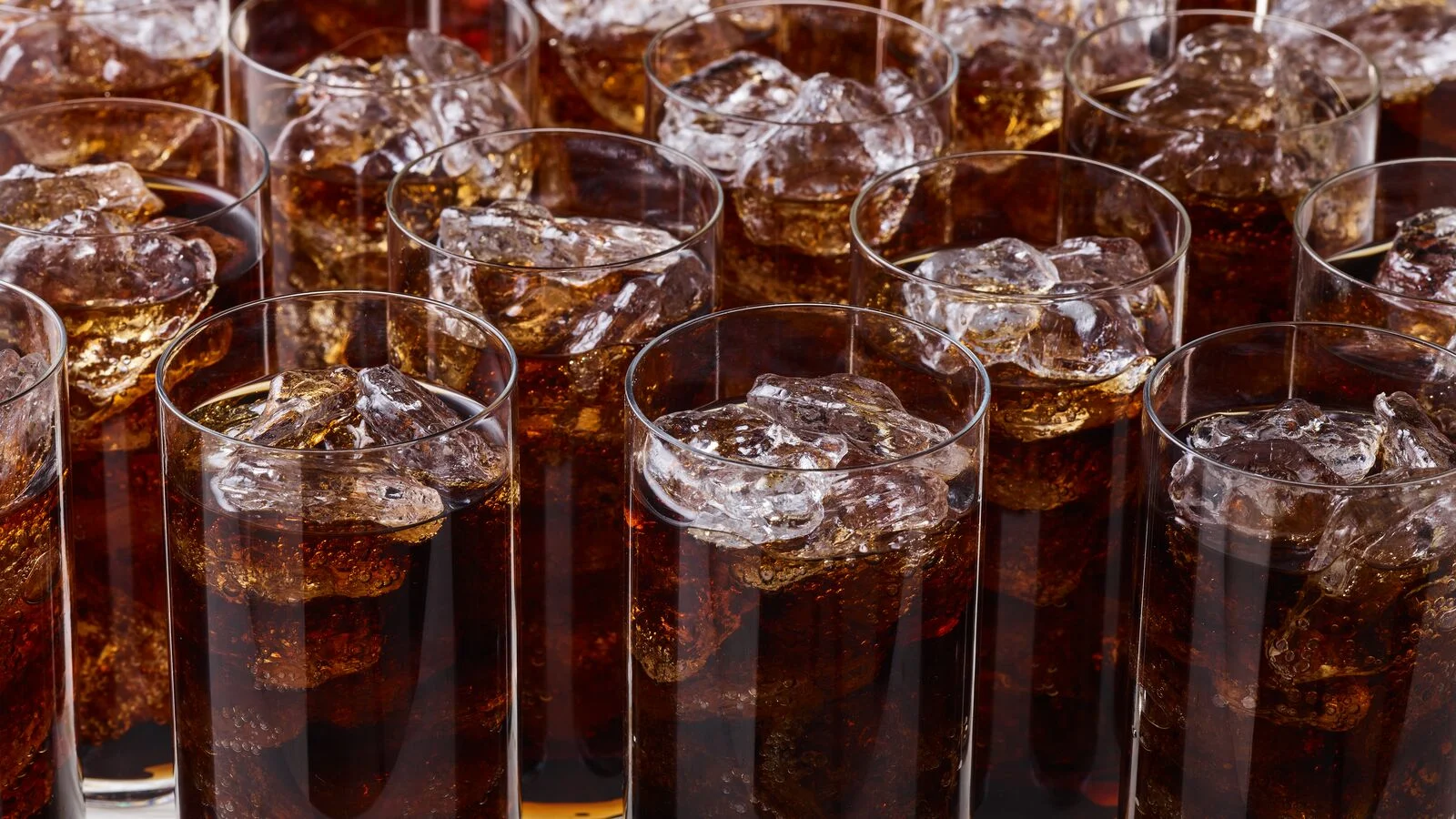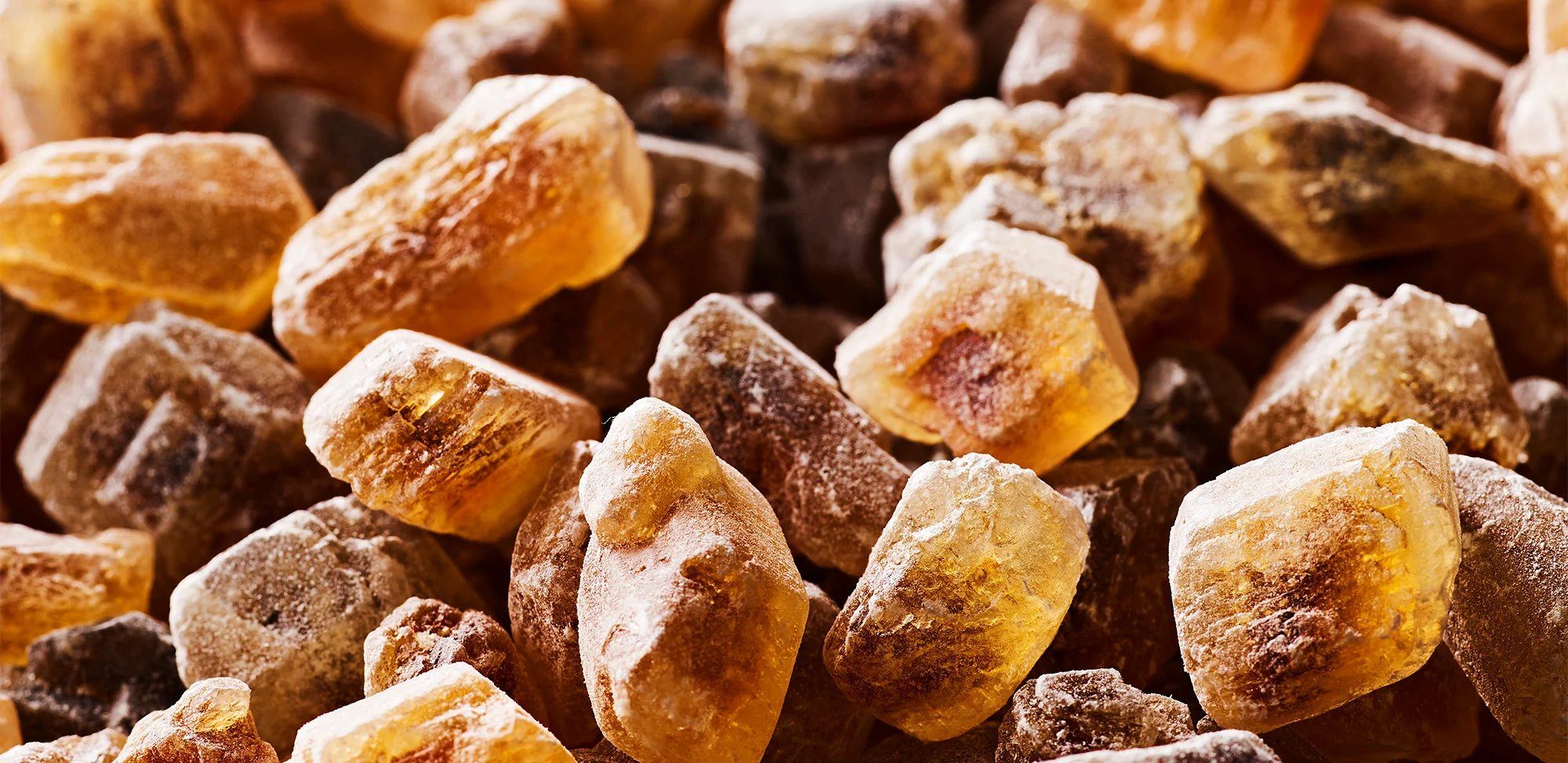Product Launch | Feb 02. 2022 - 3:01PM
About caramel brown and the history of caramelized sugar
An age-old, natural process
Expert
Wendy Walsh
Freelance writer and science lover
Caramel’s historic roots grow deep
Caramel isn’t quite as old as time, but ever since mankind started cooking over fire, people have potentially created caramel. Around the year 250, sweet caramels are thought to have been produced in India as the boiled result of sugar cane juice. (In fact, the word “caramel” is based on the Latin “canna melis,” which refers to the sugar cane from which it was produced.) From there it traveled over Persia, Greece and Rome to the rest of Europe. It is believed the first hard caramel was produced in Egypt around 1000 A.D. They were looking for energy-rich food that was easy to handle and transport. The result was something like what we nowadays would consider a hard cough lozenge.
Meanwhile, Indonesia is thought to be the country that first made a caramelized sweetened milk in the 1500’s. Spanish explorers brought it to the Americas around the same time as colonizers introduced cane sugar and milk-producing livestock to Latin America. Commonly known as dulce de leche in some of these countries, Uruguay, Argentina, Chile, Colombia and Peru all proudly claim to have invented this delicacy¹. There are also records from the 1650’s of American settlers producing a boiled caramel candy with milk and fat to create a chewier caramel candy.
Fast forward to today, and caramel is loved around the world and very much part of our food culture. We use it as food, flavor and as color. It’s been used by beer breweries since the 1800’s and is found in foods ranging from soda to sauces and cakes. In fact, it’s the world’s most-used food color by weight.
The transformation of sugar to caramel
In its simplest form, caramel is burnt sugar. Think of heating butter and sugar in a pan to produce a caramel for traditional European caramelized potatoes or homemade muesli. Simple sugars such as glucose, fructose or sucrose are used to make caramel colors. These sugars are carbohydrates; that is, their molecules contain carbon, hydrogen and oxygen atoms linked by covalent bonds. (Covalent bonds share electrons which keeps them attracted to each other.) When these molecules are heated during caramelization, the atoms are redistributed and combined, producing larger carbohydrates (polymers), water vapor and volatile compounds, which are responsible for the pleasant caramel aroma. Temperature and the type of carbohydrate largely determine which polymer is created, but making caramel is a complex process that produces and interacts with hundreds of molecules. A final caramel color product of any type does not correspond to a perfectly defined mixture of essential substances. It develops in all its complexity due to multiple random interactions during cooking. That’s why the production of caramel, in many ways, is an art as much as a science.
Offering you world-class expertise
We’ve been specializing in caramel since 1968. During those 50+ years, great strides have been taken in understanding the various molecules produced by burning sugar, and our scientists have been able to use this knowledge to improve our caramel products.
We are proud of our factories and colleagues. Dual sourcing and manufacturing are an important part of our strategy to ensure we are always able to deliver consistent supply. In fact, we are one of the world’s largest suppliers of the brown color from caramelized sugar with one of the most extensive product lines of the brown color from caramel.
Why do we offer such an extensive range? Caramel color comes in many shades – from yellow to reddish brown to a deep blackish brown. As well, the color has a colloidal charge depending on the manufacturing process and the application for which it is intended. As an example, beer requires a positively charged color while soft drinks require a negatively charged color to avoid precipitation and mist problems. Caramel colors are classified by the world’s major regulatory bodies so we offer colors in all classes. And like all our colors from nature, our products offer various color intensities, forms and solubility.
Well-loved around the world, caramelization is an age-old process with a long history of being used as a color. We can help you select the best color product for your application and advise you during your product development using brown colors from caramelized sugar.
You can see our caramel range here.

